

The tooth becomes loose
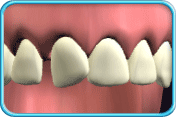
Fracture of the crown of the tooth
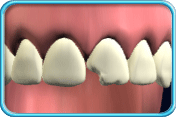
Avulsion of the tooth (the entire tooth being knocked off)
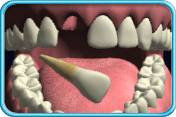
If the whole permanent tooth has been knocked off after the injury, you should keep calm and take the following actions:
Pick up the knocked-off tooth by holding the crown, do not touch the root.
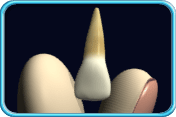
Use half a glass of plain water or milk to gently rinse off the dirt on the surface of tooth. Do not wash or scrub the root surface of the tooth to avoid damaging the soft tissues around the root.
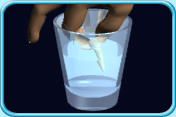
Use the adjacent teeth as reference, put the tooth back into the socket and ask the injured person to gently bite together to hold the tooth in place. The sooner the tooth is put back, the greater the chance of it being preserved.
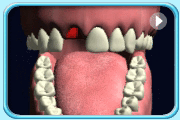
If there is any difficulty in inserting the tooth into the socket, immerse the tooth in a container filled with either milk or saliva of the injured person. Make sure the tooth is completely immersed.
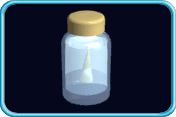
You should seek help immediately after oral structure or tooth injury because the sooner the treatment is received, the greater the chance of preserving the teeth. Afterwards, the replanted tooth should be reviewed by the dentist regularly to ensure the success of the treatment.